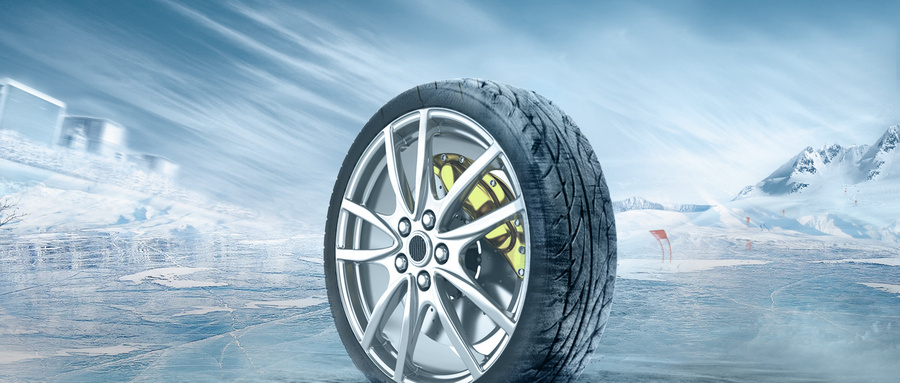
Tires are circular elastic rubber products that are assembled on various vehicles or machinery to ground and roll. Usually installed on metal wheels, it can support the vehicle body, cushion external impacts, achieve contact with the road surface, and ensure the driving performance of the vehicle. Tires are often used under complex and harsh conditions, and they bear various deformations, loads, forces, and high and low temperature effects during driving. Therefore, they must have high load-bearing performance, traction performance, and cushioning performance. At the same time, it also requires high wear resistance and flexural flexibility, as well as low rolling resistance and heat generation.
The birth and development of automobiles are a great achievement of world technological progress, an important footprint of human progress, and have led humanity from the era of the carriage to the era of the automotive industry. In the early days of the emergence of automobiles, in order to meet the comfort, handling stability, and power of automobiles, scientists continuously conducted research and innovation, continuously promoting the progress and innovation of the tire industry.
In 1839, Goodyear developed the "rubber vulcanization technology" and successfully developed rubber that would not decompose at any temperature below the boiling point. 38 years after Goodyear's death, in honor of Charles Goodyear, who made significant contributions to the American rubber industry, Frank Kirby named his tire company Goodyear.
In 1888, John Dunlop made rubber into a tube, wrapped around the edges of wooden wheels, and then filled with gas. The elasticity of this type of tire not only fully absorbs vibration, but also provides good protection for the mechanical properties of the vehicle body. The world's first pneumatic tire was born, and this technology was first applied to bicycles.
In 1891, Andrew Michelin developed detachable bicycle pneumatic tires, and on June 11, 1895, the Michelin brothers applied pneumatic tire technology to the automotive industry.
In 1903, Mr. J.F. Palmer invented twill textiles, which had excellent wear resistance and could greatly extend the service life of tires when applied to the tire industry. This invention led to the emergence of diagonal tires.
In 1930, Michelin Company added a rubber sealing layer about 2-3 mm thick to the inner wall of the tire, and successfully developed the first tubeless tire, that is, vacuum tire.
In 1946, Michelin invented the radial tire, which increased the service life of the tire by 30-50% and reduced car fuel consumption by about 8%. The use of radial tires has ushered in a truly significant technological innovation in the tire industry.
Since the advent of radial tires, great progress has been made in the design and development of tire patterns, structural design, skeleton materials, and rubber formulations, resulting in increasingly improved tire performance.








